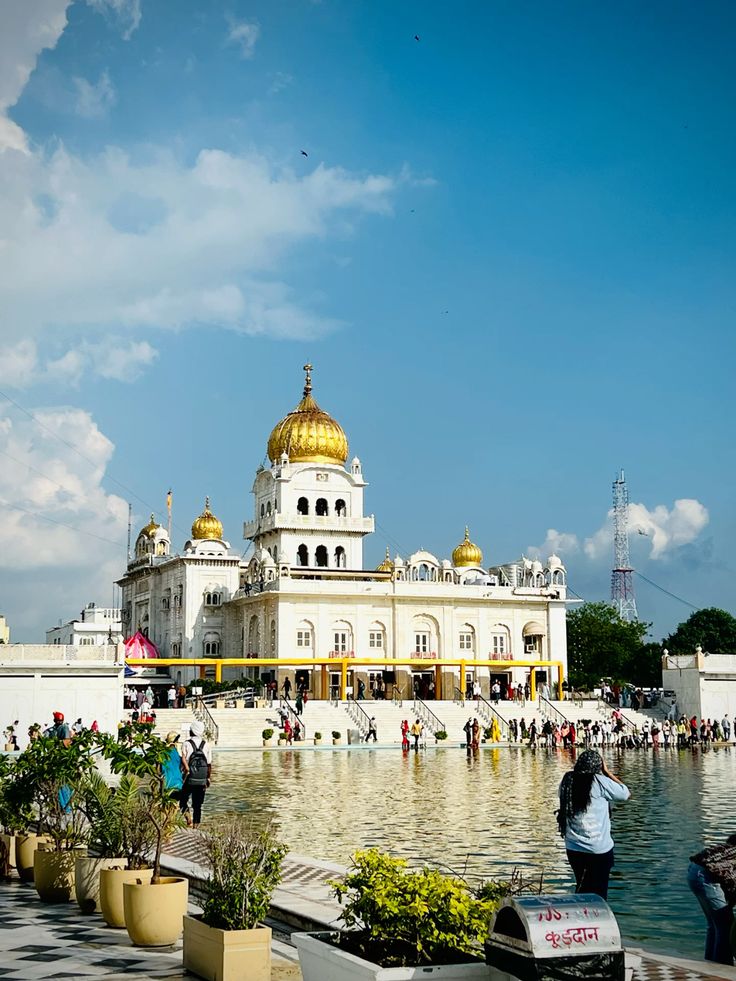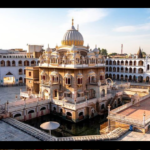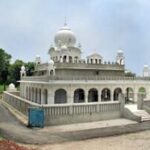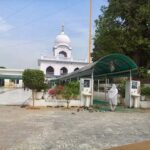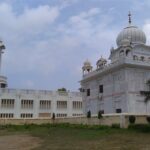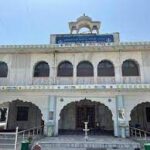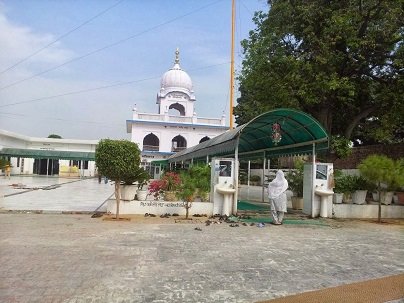In the heart of Delhi stands Gurdwara Bangla Sahib, a shimmering beacon of Sikh faith with a miraculous history tied to the 8-year-old Guru, Sri Guru Har Krishan Sahib Ji. Its origins date back to 1664 when Guru Ji visited Delhi at the invitation of Raja Jai Singh of Amber (a devotee) and Mughal Emperor Aurangzeb.
A Divine Test of Wisdom
Raja Jai Singh hosted Guru Ji in his grand bungalow (now the Gurdwara site). Skeptical of the child Guru’s spiritual power, the Raja’s wife disguised herself as a maid among servants. Yet, young Guru Har Krishan Ji—with divine insight—instantly recognized her, calling her forward and sitting in her lap. This act humbled the queen and affirmed Guru Ji’s divine connection.
The Miracle That Healed Delhi
During Guru Ji’s stay, a deadly smallpox epidemic ravaged Delhi. Moved by the suffering, Guru Ji performed a profound act of compassion:
- He dipped his holy feet in water and stirred it with a small spoon (kachchi).
- This sanctified water (“Charan Amrit”) was distributed to the sick.
- Those who drank it or bathed in it were miraculously cured.
Though Guru Ji himself succumbed to smallpox (at just 8 years old), his selfless healing became legendary. The pond where he blessed the water is now the Sarovar at Bangla Sahib, believed to hold curative powers.
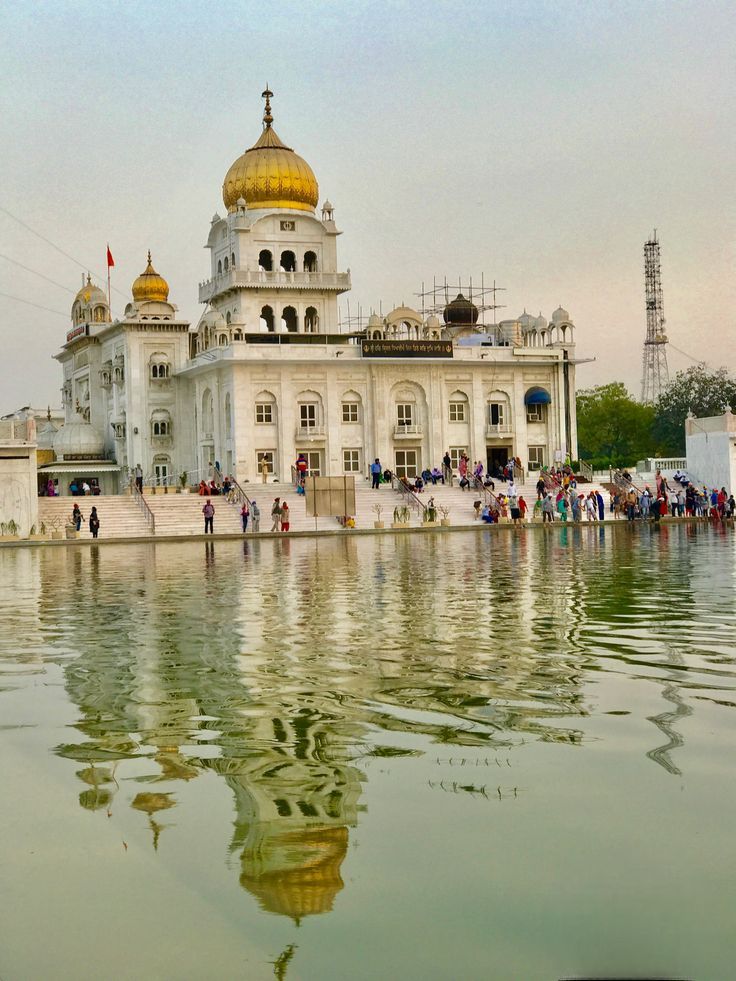
From Palace to Sacred Space
- Raja Jai Singh’s bungalow was later transformed into a Gurdwara to honor Guru Ji’s legacy.
- The site became a sanctuary for all, embodying Sikh principles of selfless service (seva) and universal compassion.
- Today, the Gurdwara complex includes the iconic golden dome, a hospital, school, and the largest community kitchen (langar) in Delhi, serving thousands daily.
Why It Matters
Gurdwara Bangla Sahib isn’t just a monument—it’s a living testament to:
- A child Guru’s divine wisdom overcoming doubt.
- Sikhism’s healing ethos—where faith meets service.
- Miracles born from humility, not power.
“The water that cured a plague still flows here, reminding us that true holiness heals.”
